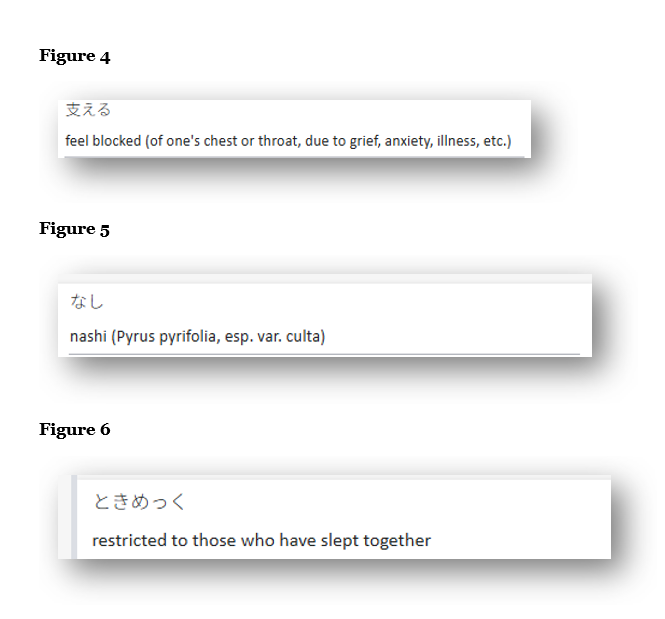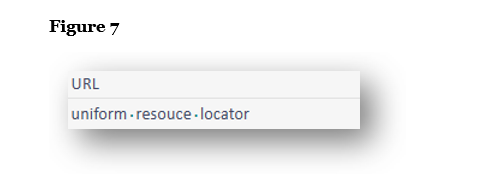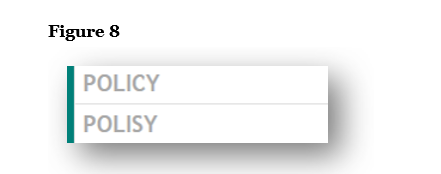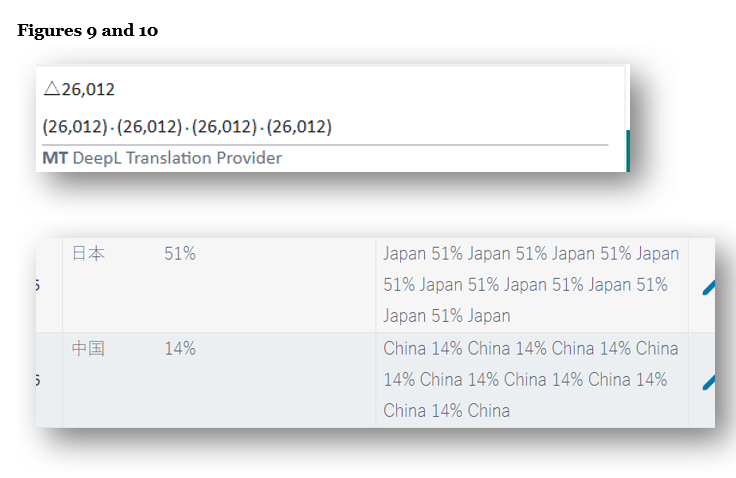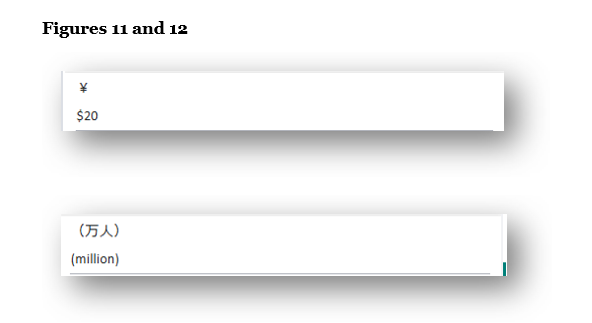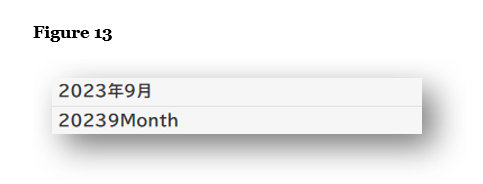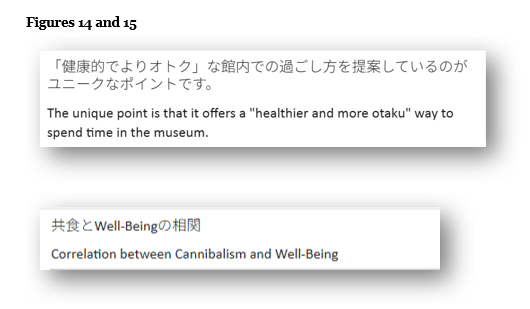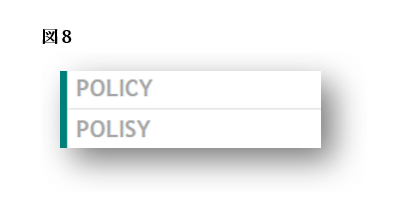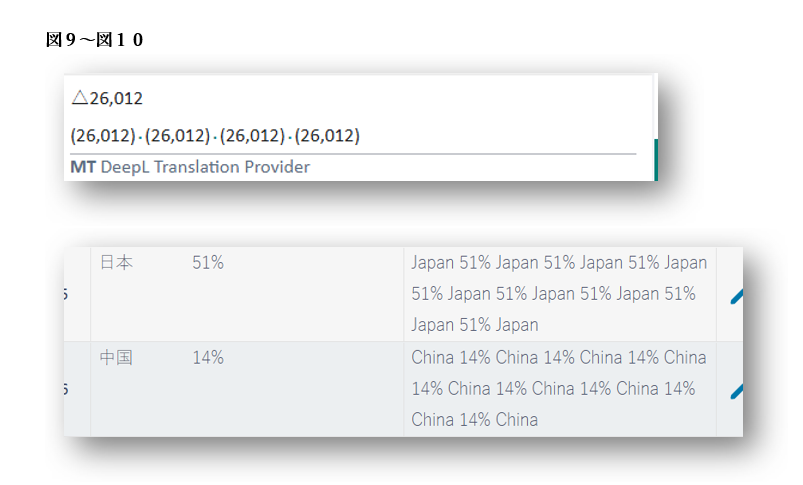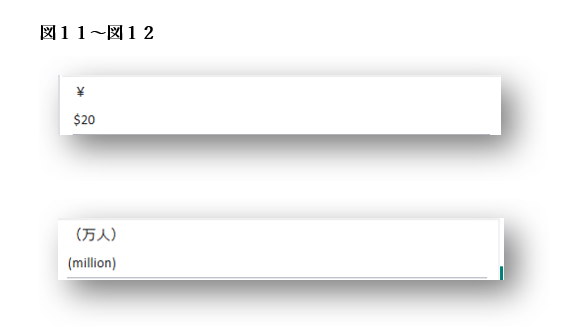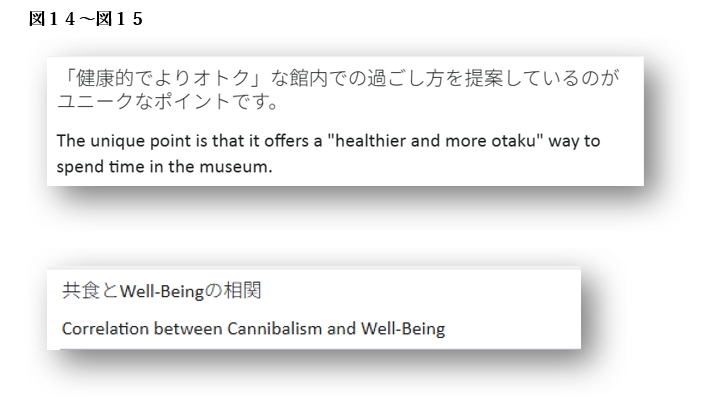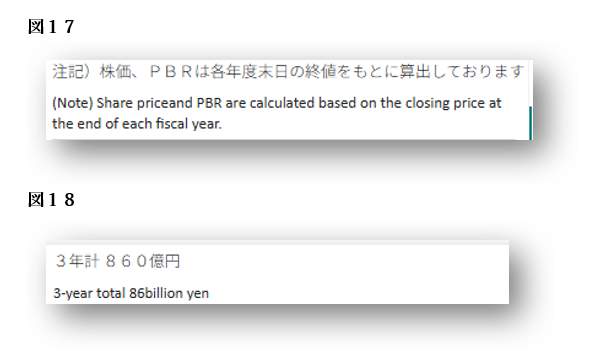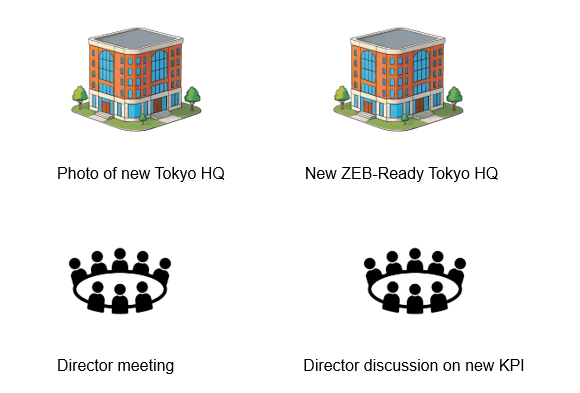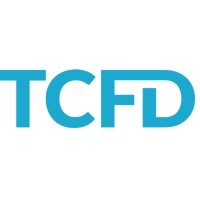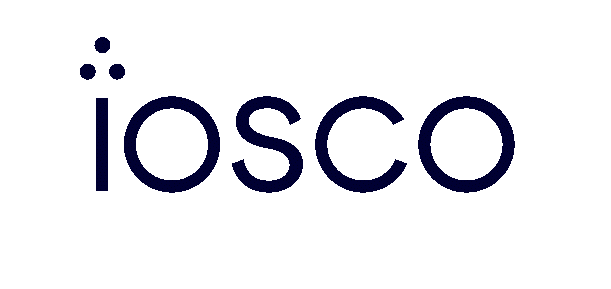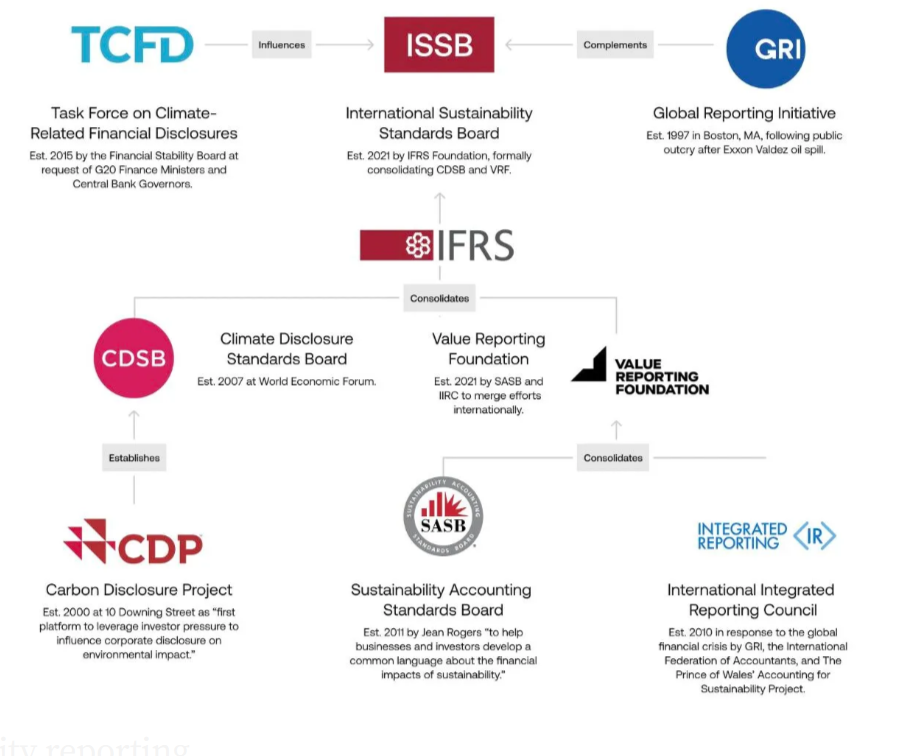(日本語ブログ:何を書くかだけでは伝わらない:「どう書くか」が重要|One World Link)
In the world of investor relations and global communications, we sometimes become so focused on what we need to communicate that we forget to consider how best to convey our messages. Writing clear, professional English isn’t always about what you say, but how you present the information. The structures and format of your English text greatly affect how easily readers understand your message.
One technique professional business English writers use is to break information into clear, organized sections. For many overseas readers, long blocks of text can be tiring and difficult to follow. Whether you’re preparing an investor presentation, a shareholder letter, or a corporate report, dense paragraphs can cause readers to lose focus and miss key points.
To make your writing clear and engaging, try using bullet points and numbered lists. These tools help you present key information concisely and guide readers through your main ideas—an essential skill for anyone managing global corporate communications.
Why Bullet Points and Lists Work
Overseas audiences prefer concise communication.
Many English readers tend to skim through text, especially in business contexts where time is often limited. They want to find key information quickly and clearly.
Bullet points and numbered lists help transform dense information into a structured, easy-to-read format. These structures not only improve readability but also give your writing a more professional and polished look, making it easier to communicate complex ideas to overseas stakeholders.
Here are just a few benefits:
- Visually appealing – Breaking up text with bullets or numbers creates breathing room on the page. It’s easier on the eyes.
- Quick to read – Instead of forcing your audience to sift through a paragraph, bullets deliver the highlights instantly.
- Easy to understand – Lists make it easy to organize complex ideas or multiple points in a way that’s simple to follow.
For non-native speakers, bullet points also simplify writing, reducing the chance of misinterpretation and ensuring the message is clear
Consider this example:
Our company adheres to multiple standards and recommendations, including the Task Force on Climate-related Financial Disclosures (TCFD) guidelines, the Global Reporting Initiative (GRI) standards, the United Nations Sustainable Development Goals (SDGs), the International Integrated Reporting Framework (IIRF), and the recommendations of the Sustainability Accounting Standards Board (SASB).
VS
Our company adheres to the following standards and recommendations:
- Task Force on Climate-related Financial Disclosures (TCFD)
- Global Reporting Initiative (GRI)
- United Nations Sustainable Development Goals (SDGs)
- International Integrated Reporting Framework (IIRF)
- Sustainability Accounting Standards Board (SASB)
See the difference? This information just became way easier to digest with bullet points!
Buller Points or Numbered Lists?
Use bullet points when the order of items doesn’t matter. Research by Ho (2023) found that bullet points enhance the reading experience by helping readers absorb information more quickly and with less effort. For example:
- Breaking down a long list into bite-sized information
- Summarizing main ideas
- Highlighting the most important information
Choose numbered lists when the sequence or ranking is important. They work well for:
- Step-by-step instructions
- Prioritized tasks
- Chronological events or processes
Take Note
This article by Clearly Scientific Ltd. talks about the dos and don’ts of bulleted lists. Specifically, I’d like to point out the following:
- Avoid more than seven items in a bulleted list
- Keep text as short as possible
- Use a consistent text structure
Simply throwing the same long-winded, run-on sentences into bullet points won’t help clarify your message. The entire point of using bullet points and numbered lists is to break down your information into easily digestible bits of information. Too many, and the lists might seem daunting to readers.
Consistency is also key. Mixing verb and noun phrases is not standard in English. Use parallel structure in your bullet points and lists (e.g., if most points begin with a verb, make sure all other points do too). Be sure to also keep lists around the same length. As the article by Clearly Scientific states, “…switching from short text to long text is distracting, and may give a misleading impression of the importance of the entries.”
Ready to Transform Your Writing?
The next time you draft English corporate communications, remember that overseas readers value clarity and structure. Break up long paragraphs, use bullet points or numbered lists where appropriate, and make your messages easy to scan.
While these techniques may not apply in the same way to Japanese writing, they are highly effective in English business communication. Try applying them in your next IR report or stakeholder message.
Trust us, your audience will thank you for it.




